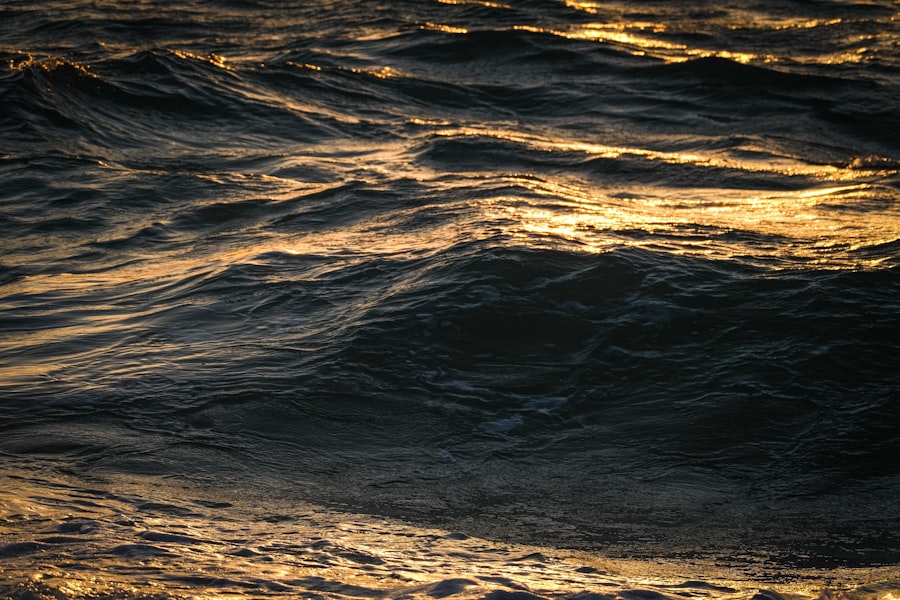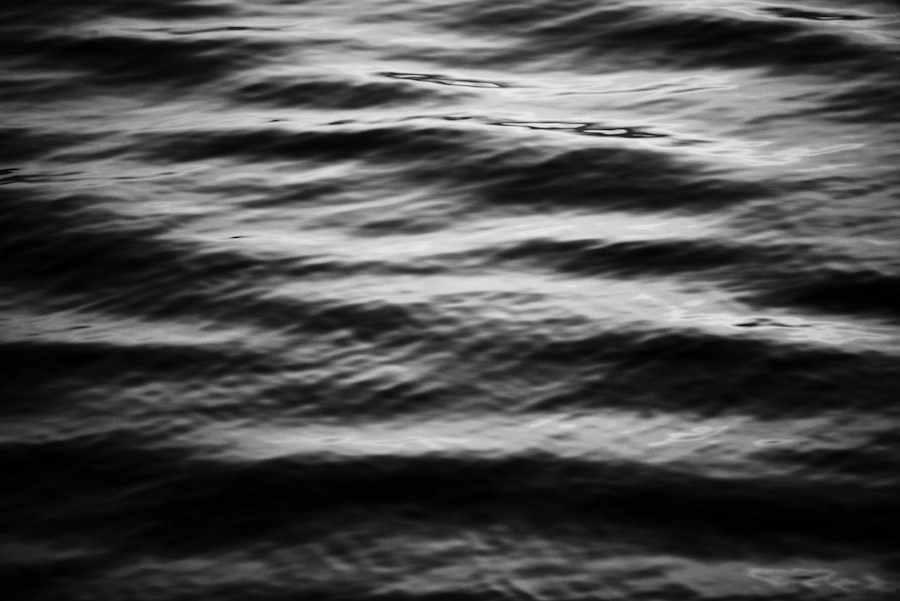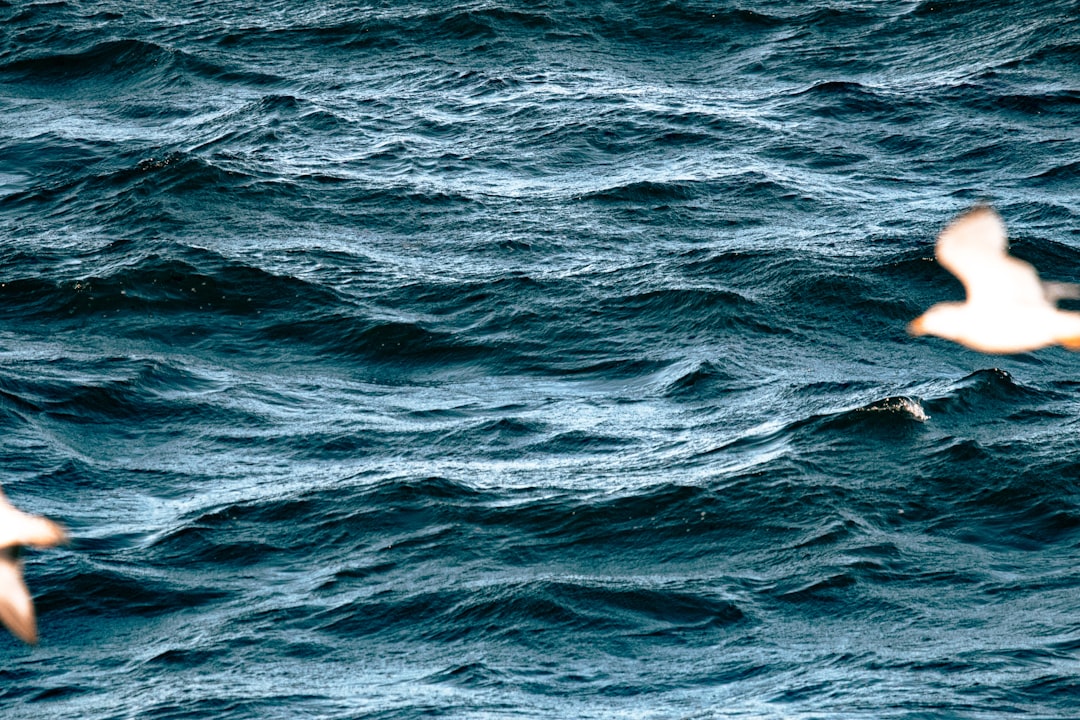The Drake Passage, a body of water situated between the southern tip of South America and Antarctica, is renowned for its tumultuous seas and unpredictable weather patterns. This narrow stretch of ocean, measuring approximately 800 kilometers (500 miles) in width, serves as a critical conduit for maritime traffic between the Atlantic and Pacific Oceans. Named after the English explorer Sir Francis Drake, who navigated these waters in the late 16th century, the passage has since become a focal point for adventurers, researchers, and tourists alike.
Its unique geographical position not only influences global ocean currents but also plays a significant role in the climate of the surrounding regions. The waters of the Drake Passage are characterized by their cold temperatures and high levels of turbulence, making it one of the most challenging maritime routes in the world. The confluence of the Atlantic and Pacific Oceans creates a dynamic environment where waves can reach staggering heights, and storms can develop with little warning.
This unpredictability has earned the passage a reputation for being both awe-inspiring and treacherous. For those who dare to traverse these waters, understanding the Drake Passage is essential, as it sets the stage for the challenges and experiences that lie ahead.
Key Takeaways
- The Drake Passage is a treacherous body of water located between South America’s Cape Horn and the South Shetland Islands of Antarctica.
- Navigating the Drake Passage presents challenges such as unpredictable weather, strong winds, and rough seas, making it one of the most feared sea crossings in the world.
- Proper preparation for the journey involves packing appropriate clothing, medications for seasickness, and mentally preparing for the possibility of rough conditions.
- Choosing the right vessel for the journey is crucial, with considerations such as size, stability, and experienced crew members being important factors to take into account.
- Safety measures on board include securing loose items, wearing life jackets, and following the instructions of the crew in case of emergency situations.
The Challenges of Navigating the Drake Passage
Navigating the Drake Passage presents a myriad of challenges that can test even the most seasoned mariners. The first and foremost challenge is the weather. The region is notorious for its rapidly changing conditions, where sunny skies can quickly give way to fierce storms.
Winds can whip up to gale force, creating towering waves that can be both daunting and dangerous. Mariners must remain vigilant and adaptable, as the ability to read weather patterns and respond accordingly is crucial for safe passage. In addition to the weather, the geographical features of the Drake Passage contribute to its challenges.
The underwater topography is complex, with submerged ridges and deep channels that can affect navigation. Icebergs and sea ice are also common hazards, particularly during certain times of the year when they drift northward from Antarctica. These obstacles require careful planning and constant attention to navigational instruments.
For those unfamiliar with these waters, the potential for miscalculation can lead to dire consequences.
Preparing for the Journey

Preparation is key when embarking on a journey through the Drake Passage. Mariners must conduct thorough research to understand the specific conditions they may encounter during their voyage. This includes studying historical weather patterns, seasonal variations, and potential hazards in the area.
Knowledge of local wildlife is also beneficial, as spotting seals, whales, and seabirds can enhance the experience while navigating these waters. In addition to research, physical preparation is equally important. Mariners should ensure they are in good health and capable of handling the physical demands of sailing in rough seas.
This may involve training in seamanship skills, such as knot tying, sail handling, and emergency procedures. Furthermore, mental preparation is essential; understanding that challenges will arise and maintaining a positive attitude can make a significant difference in how one copes with adversity at sea.
Choosing the Right Vessel
| Vessel Type | Advantages | Disadvantages |
|---|---|---|
| Fishing Boat | Good for small-scale fishing | Limited storage capacity |
| Cargo Ship | Can transport large quantities of goods | High operating costs |
| Pleasure Craft | Leisure and recreational use | Not suitable for commercial purposes |
Selecting an appropriate vessel for navigating the Drake Passage is a critical decision that can greatly influence the success of the journey. The ideal vessel should be sturdy and seaworthy, capable of withstanding harsh conditions while providing comfort for its crew. Many adventurers opt for ice-strengthened ships designed specifically for polar waters, as these vessels are built to handle ice and rough seas with greater ease.
Size also plays a role in vessel selection. Smaller boats may offer greater maneuverability but can be more susceptible to rough conditions. Conversely, larger ships may provide more stability but can be less agile in navigating tight spaces or avoiding hazards.
Ultimately, choosing the right vessel involves balancing safety, comfort, and performance based on individual preferences and experience levels.
Safety Measures on Board
Safety should always be a top priority when navigating the Drake Passage. Mariners must equip their vessels with essential safety gear, including life jackets, flares, first aid kits, and emergency beacons. Regular safety drills should be conducted to ensure that all crew members are familiar with emergency procedures and know how to respond in various situations.
In addition to physical safety measures, maintaining open lines of communication is vital. Crew members should establish protocols for reporting issues or concerns while at sea. This includes monitoring weather updates and staying informed about any changes that may affect their journey.
By fostering a culture of safety and preparedness on board, mariners can significantly reduce risks associated with navigating this challenging passage.
Navigational Techniques

Effective navigation through the Drake Passage requires a combination of traditional techniques and modern technology. Mariners often rely on charts and maps to understand the underwater topography and identify potential hazards. Familiarity with celestial navigation can also be beneficial, especially in remote areas where electronic devices may fail or become unreliable.
Modern technology has revolutionized navigation at sea, with GPS systems providing real-time positioning information that enhances safety and efficiency. However, it is essential for mariners to remain proficient in traditional navigation methods as a backup plan. Understanding how to read nautical charts, use compasses, and calculate distances can prove invaluable in situations where technology may falter.
Coping with Rough Seas
Coping with rough seas is an inevitable part of navigating the Drake Passage. Mariners must develop strategies to manage both their physical and mental well-being during turbulent conditions. One effective approach is to maintain a steady routine on board, which can help create a sense of normalcy amidst chaos.
This includes regular meal times, scheduled watch shifts, and designated times for rest. Physical fitness plays a crucial role in coping with rough seas as well. Engaging in exercises that promote balance and core strength can help mariners maintain stability while moving about the vessel during turbulent conditions.
Additionally, practicing mindfulness techniques such as deep breathing or meditation can assist in managing stress levels and maintaining focus during challenging moments at sea.
Tips for Conquering Large Waves
When faced with large waves in the Drake Passage, mariners must employ specific techniques to navigate safely through these formidable obstacles.
Understanding wave patterns can also aid in timing maneuvers effectively.
Another important tip is to secure all loose items on board before encountering rough seas. Ensuring that gear is stowed properly not only prevents damage but also reduces hazards for crew members moving about the vessel during turbulent conditions.
Staying Calm in the Midst of Adversity
Staying calm during challenging situations at sea is essential for effective decision-making and maintaining crew morale. Mariners should cultivate a mindset that embraces adaptability and resilience when faced with adversity. This involves recognizing that challenges are part of the journey and focusing on solutions rather than dwelling on problems.
Effective communication among crew members is vital for fostering a calm atmosphere on board. Encouraging open dialogue allows individuals to express concerns or seek assistance when needed. Additionally, practicing stress-relief techniques such as deep breathing or visualization can help individuals maintain composure during turbulent moments.
Enjoying the Unique Experience
Despite its challenges, navigating the Drake Passage offers an unparalleled opportunity to experience some of nature’s most breathtaking wonders. The region is home to diverse wildlife, including seals, penguins, and various species of whales that can often be spotted during crossings. The stunning landscapes of Antarctica provide a backdrop that captivates adventurers and nature enthusiasts alike.
Mariners should take time to appreciate these unique experiences while at sea. Whether it’s observing wildlife or marveling at ice formations, embracing moments of beauty can enhance overall enjoyment of the journey. Documenting these experiences through photography or journaling can also serve as a cherished reminder of their adventure through this remarkable passage.
Reflecting on the Journey
As mariners complete their journey through the Drake Passage, reflection becomes an integral part of their experience. Taking time to consider what they have learned—both about themselves and their capabilities—can foster personal growth and resilience. Each crossing presents an opportunity for self-discovery as individuals confront challenges head-on and emerge stronger on the other side.
Sharing stories with fellow adventurers or recounting experiences with friends and family can further enrich this reflective process. These narratives not only serve as valuable lessons for others considering similar journeys but also create lasting connections among those who have braved the waters together. Ultimately, navigating the Drake Passage becomes more than just a physical journey; it transforms into a profound exploration of courage, camaraderie, and appreciation for nature’s raw beauty.
The Drake Passage, known for its notoriously large waves and challenging sailing conditions, is a topic of great interest for maritime enthusiasts and researchers alike. For those looking to delve deeper into the geographical and oceanographic aspects of this treacherous stretch of water, an insightful article can be found on MyGeoQuest. This piece explores the unique dynamics of the Drake Passage and its impact on global ocean currents. To read more about this fascinating subject, visit the article on MyGeoQuest.
WATCH NOW! Drake Passage: Earth’s Deadliest Waters Revealed
FAQs
What are the Drake Passage large waves?
The Drake Passage is known for its notoriously rough seas and large waves due to the convergence of the Atlantic, Pacific, and Southern oceans. These large waves are often caused by strong winds and the narrowness of the passage.
How large can the waves get in the Drake Passage?
The waves in the Drake Passage can reach heights of 30 feet or more during storms, making it one of the roughest stretches of water in the world.
What causes the large waves in the Drake Passage?
The large waves in the Drake Passage are primarily caused by the strong westerly winds that sweep across the Southern Ocean, as well as the funneling effect of the narrow passage itself.
Are the large waves in the Drake Passage dangerous?
Yes, the large waves in the Drake Passage can be dangerous, especially for smaller vessels. The combination of strong winds and large waves can create hazardous conditions for ships crossing the passage.
How do ships navigate the large waves in the Drake Passage?
Ships crossing the Drake Passage often use advanced navigational equipment and weather forecasting to plan their routes and avoid the worst of the large waves. Some ships may also alter their course or speed to minimize the impact of the rough seas.
